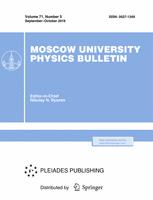In this study, the methods of Raman spectroscopy, dynamic light scattering (DLS) and absorption spectroscopy in the ultraviolet region were used to study reverse microemulsions in which the reaction of synthesis of ZnS nanoparticles was carried out. According to the DLS data, the size of reverse micelles in the microemulsions did not exceed 5 nm, and the size of the synthesized ZnS nanoparticles did not exceed 3 nm. It was shown that the size of reverse micelles does not depend on the presence of precursors and nanoparticles inside the micelles. Using absorption spectroscopy, it was found that the size of nanoparticles synthesized in the microemulsions was equal to 2.8 ± 0.2 nm, which is consistent with the DLS data. Using Raman spectroscopy, it was shown that the change in the intensity of the SO stretching band of the ZnSO4 precursor correlates with the change in the concentration of SO42- ions inside the micelle cores, which allows it to be used to control the precursor content in the reaction medium with synthesized nanoparticles. In addition, it was shown that the interaction of water molecules with hydrophilic AOT groups leads to a change in the shape of the SO AOT stretching band and its shift to the region of lower wavenumbers. The results of the studies provide for the development of methods for remote and express laser diagnostics of micellar nanoreactors
$^1$Moscow State University, Faculty of Physics, Department of Quantum Electronics. 4nd year student\
$^2$



